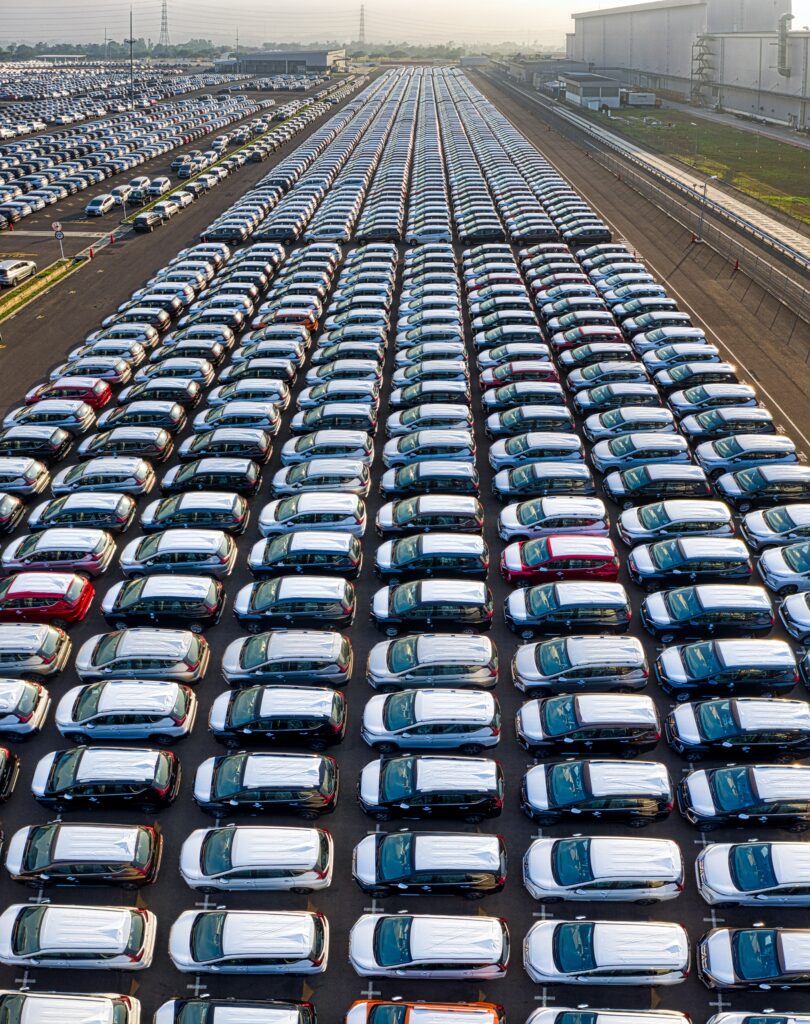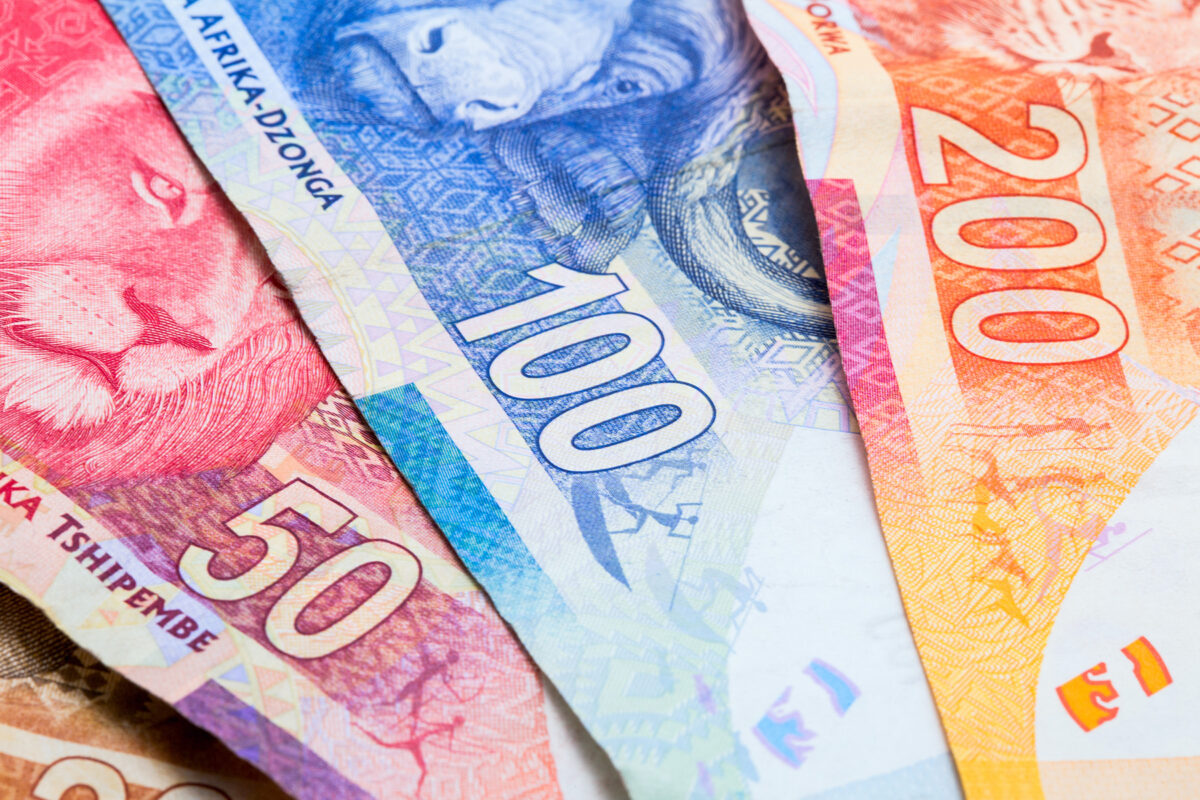New Interest Rate Hike Increases Pressure on Financed Vehicle Owners
Press Release: Wesbank
The recently increased repo rate, coupled with rising inflation, a deteriorating Rand, slow economy, unemployment and other global factors are creating tough living conditions for many South Africans.
The South African Reserve Bank (SARB) has recently announced a further hike in the repo rate of 50 basis points. This is the second rise in interest rates this year, following a 25 basis points increase by the SARB’s Monetary Policy Committee at the end of January. With the repo rate now standing at 7.75% from 7.25%, the current prime lending rate shifts from 10.75% to 11.25%, its highest level since 2009.

This increase directly impacts people who are paying off loans such as vehicle finance or a home loan coupled to the interest rate, as the monthly repayment will increase. In a weak economy with slower inflation, the high cost of living and increasing food prices, many South Africans are struggling to stretch their already-strained budgets to reach month end. The new repo rate announcement puts added pressure on consumers.
“An interest rate hike has a ripple effect across all sectors of the economy. Our customers are not unaffected by this higher cost of borrowing either,” comments Lebogang Gaoaketse, Head of Marketing and Communication at WesBank. “Those customers whose vehicles are financed through WesBank with a fixed interest rate, are not affected by the rate hike. However, those customers who opted for a linked rate will see their monthly car repayment increasing.”

What is a fixed interest rate versus a linked interest rate?
The interest rate affects the amount a bank or finance house such as WesBank charges you for borrowing money. The amount you need to pay back is determined by the interest rate on your finance agreement and, despite the latest increase, is still relatively low for anyone repaying a vehicle finance loan. When buying a vehicle, new or used, customers have the option to choose between a fixed or linked (variable) interest rate for their vehicle finance agreement.
As it stands, a fixed interest rate will not change for the duration of your payment period. This can work in your favour, especially if the interest rate is as volatile as is currently the case in South Africa, and you want the security of a constant fixed monthly repayment. If the rate drops. you will continue to be charged the agreed higher fixed interest rate.

A linked interest rate is linked to the prime lending rate and fluctuates with the SARB’s repo interest rate. If the rate increases, as it has recently, so will your repayment amount. However, if it is lowered, you will benefit from a lower monthly repayment and have some extra money in your account. Linked interest rates are usually slightly lower than fixed.
“It is also important to remember that vehicle ownership is more than the initial price tag. You also need to take into account the monthly repayments plus the added costs of fuel, comprehensive insurance cover, as well as general maintenance and service expenses. And, of course. the interest rate hikes that continue to directly impact consumers’ monthly budgets,” comments Gaoaketse.

There isn’t a one-size-fits-all solution to structuring a car finance deal. Knowing how much you can realistically afford on the vehicle repayment, including interest rates and other increases, will stand you in good stead. But, it’s not only about cars. The increased interest rate also impacts credit cards, home loans and clothing accounts among others. Consumers with additional debt will notice the increased repayments starting to affect their budgets, as household debt levels in South Africa remain at high levels.
Rising interest rates and inflation, brought on by a deteriorating Rand, a tough economy and other global factors, could see buyers postponing new vehicle purchases, buying down or even exiting the new car market altogether in favour of better value in the used car market.


